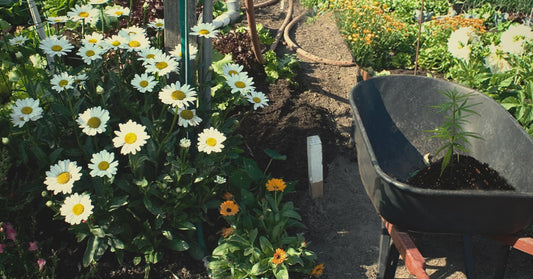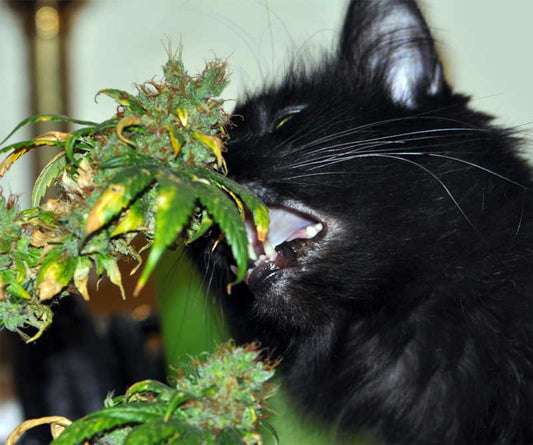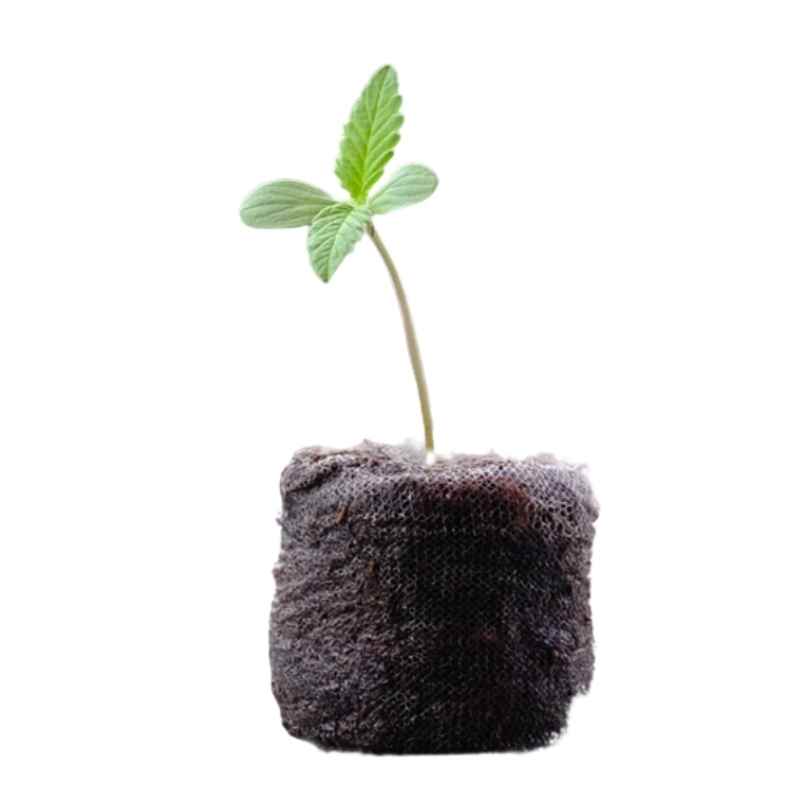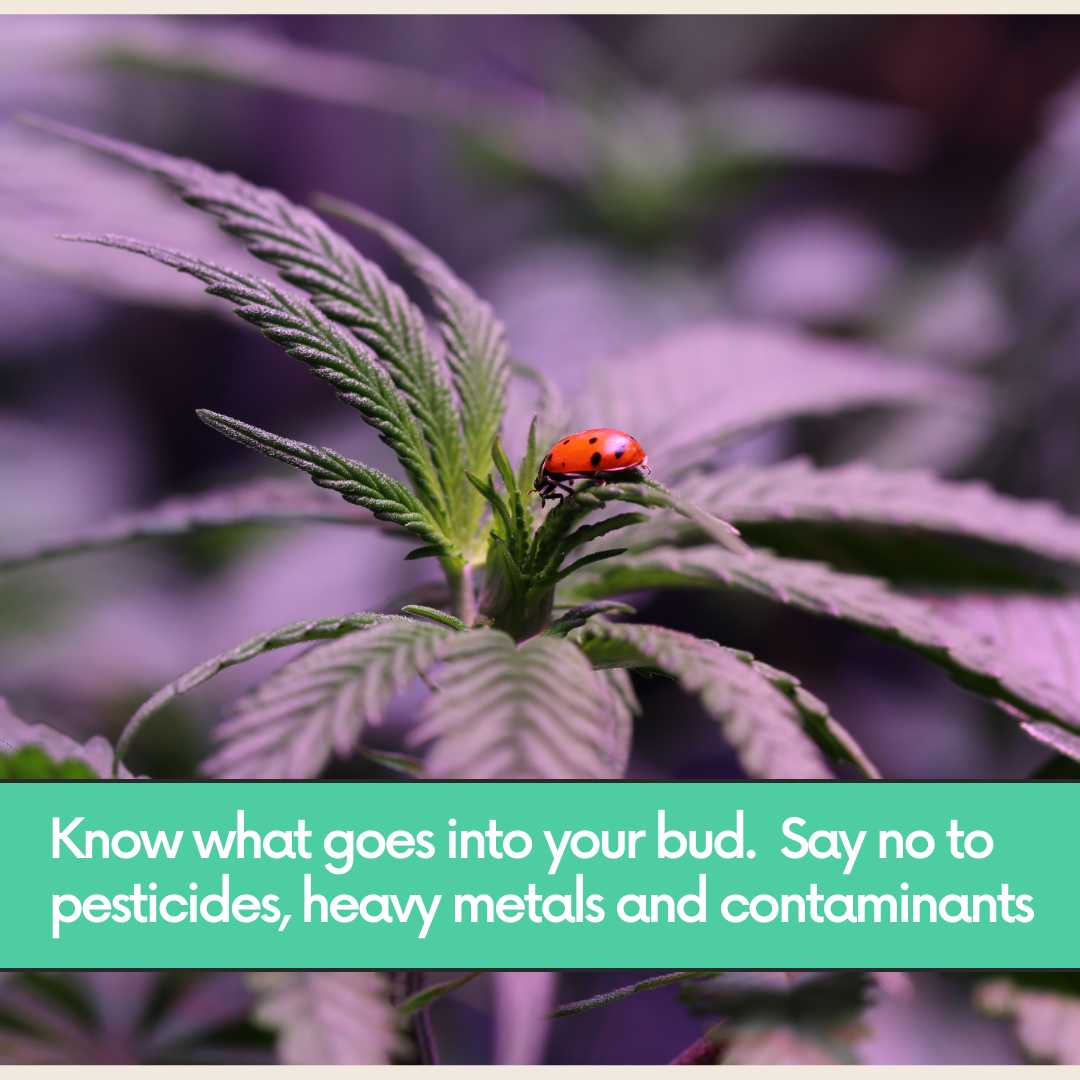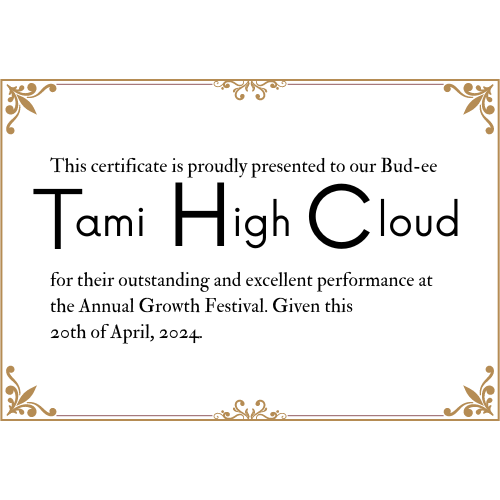Autoflower vs Photoperiod Seeds: What is Right for You?
When cultivating cannabis, selecting the right type of seed is crucial for achieving your desired results. Two main types of cannabis seeds are autoflower and photoperiod. Understanding their definitions helps clarify their distinct cultivation characteristics.
What Are Autoflower Cannabis Seeds?
Autoflower seeds produce cannabis plants that flower automatically without requiring specific changes in light cycles. Derived from Cannabis ruderalis genetics, these seeds rapidly progress from germination to harvest regardless of the photoperiod they are exposed to.
What Are Photoperiod Cannabis Seeds?
Photoperiod seeds rely on a specific lighting schedule to trigger flowering. Typically, these seeds require a consistent schedule of approximately 12 hours of darkness per day to initiate the flowering phase. Photoperiod plants remain in a vegetative state indefinitely under longer daylight conditions.
Understanding their differences and similarities will help you make the best choice for your cultivation goals.
Similarities Between Autoflower and Photoperiod Cannabis Seeds
-
Basic Growth Needs: Both seed types require similar fundamental conditions—light, water, nutrients, and airflow—to thrive.
-
Cannabinoid Production: Both types can produce THC, CBD, and other cannabinoids, offering therapeutic or recreational effects.
-
Genetic Variety: Autoflower and photoperiod seeds each come in many strains with diverse flavors, potencies, and growth traits.
Differences Between Autoflower and Photoperiod Cannabis Seeds
Growth Cycle and Lighting
-
Autoflower Seeds:
-
Automatically transition from vegetative to flowering stages, typically within 2-4 weeks of germination.
-
Independent of specific light cycles; can thrive with continuous or irregular lighting.
-
-
Photoperiod Seeds:
-
Flowering depends on exposure to a precise light cycle—usually 12 hours of darkness daily.
-
Requires growers to manually trigger flowering by adjusting the lighting schedule.
-
Size and Yield
-
Autoflower Seeds:
-
Generally produce smaller, compact plants, ideal for limited spaces or discreet growing.
-
Typically yield less due to their shorter growth cycle and smaller stature.
-
-
Photoperiod Seeds:
-
Grow larger, allowing higher yields.
-
Longer growth and flowering periods, providing opportunities for training and maximizing output.
-
Cultivation Complexity
-
Autoflower Seeds:
-
Easier for beginners; fewer adjustments to growing conditions required.
-
Shorter total cultivation period (8-12 weeks from seed to harvest).
-
-
Photoperiod Seeds:
-
Require more experience and management of growing conditions.
-
Longer overall cultivation period (approximately 12-20 weeks depending on the strain).
-
Pros and Cons Overview
Autoflower Cannabis Seeds
Pros:
-
Rapid growth cycle allows multiple harvests per year.
-
Simple cultivation suited for beginners.
-
Compact size suitable for limited spaces or stealth growing.
Cons:
-
Lower yields per plant compared to photoperiod strains.
-
Less flexibility for correcting growth mistakes due to the short lifespan.
Photoperiod Cannabis Seeds
Pros:
-
Higher yields and potentially more potent buds.
-
More flexibility for advanced techniques (pruning, topping, training).
-
Greater control over growth cycle and plant size.
Cons:
-
Requires precise management of light cycles.
-
Longer growing period and increased complexity may challenge beginners.
Conclusion
Both autoflower and photoperiod cannabis seeds have unique advantages and considerations. Autoflower seeds offer simplicity and speed, ideal for newcomers or those with limited space. Photoperiod seeds, while demanding more attention and time, offer greater yields and flexibility for experienced cultivators. Carefully assessing your personal goals, resources, and experience will help you choose the best seed type for your cannabis growing journey.



